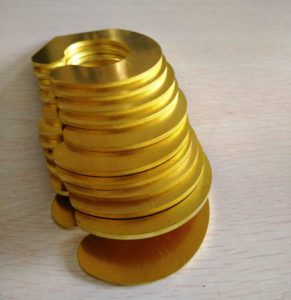Fiber Laser Cutting Machine — Doris
Laser Cutting: What to Keep in Mind
When dealing with the laser treatment of various materials and especially with laser cutting, then we need to study which factors, what parameters influence the process and what to take into account each time.

Laser Cutting: Factors that Affect the Process
Poder do laser: The laser power is one of the most important factors in the laser treatment of different materials. Usually, a lower power laser beam is preferred when the material we want to cut is relatively thin and not that solid.
Also, a lower power laser beam is utilized when we want a greater cutting precision. On the other hand, thicker and more durable materials require a higher powered laser beam. For example, an 8mm metal sheet requires at least 1000 watts to be cut effectively.
Frequência de pulso: The pulse frequency is somewhat proportionally linked to the laser beam power. For machining “soft” materials and performing “lighter” laser cutting, a reduced pulse frequency is preferred.
Modern lasers offer sophisticated control features for the laser cutting process que permitem aumentar ou diminuir automaticamente a frequência do pulso de acordo com o material em questão.

corte a laser Tipo de gás: Each material requires a specific type of gas to be used by the laser in order for the machining to be effective and safe. The wood which is flammable excludes the use of oxygen for example because there would be a fire hazard. Oxygen on the other hand, is used when cutting metal surfaces which are free of oxides.
The gas type is not the only factor that comes into play. The quality of the gas is equally important. Different purity versions of the same type of gas, affect differently the cutting process both time- & quality-wise.
Pressão do gás: The pressure of the laser gas is another important factor to keep in mind. The gas pressure is influenced by the thickness of the material to be cut. The thinner the material, the lower the gas pressure or there is a risk of damaging the material and the laser device itself.
Tamanho dos bicos: The cutting nozzles significantly influence the laser cutting process. For example, when we have to deal with low-pressure laser cutting, smaller nozzles are required. Conversely, when the material machining calls for a higher-pressure cut, then we need to use larger nozzles.
Distância do bocal da superfície do material: A distância dos bicos à superfície de corte desempenha um papel importante na qualidade do resultado final do corte a laser. Como regra geral, quanto menor a distância entre a ponta e a superfície, mais preciso e de maior qualidade teremos o corte.
That being said, in several occasions it is advised to increase the distance in order to prevent damage to the equipment.
Condição da lente de foco: A lente de foco precisa estar sempre limpa e em perfeitas condições. Se houver vestígios de poluição nas lentes, o processo de corte a laser será prejudicado e os resultados serão de qualidade inferior. Além disso, uma lente de foco suja é a principal culpada pelo aumento de temperaturas que pode danificar o dispositivo laser.
Always check the lens for random lens deformations and damages. If the lens has suffered any type of damage, the “abnormality” degree of the surface of the material will be increased.
In our next article we will continue to analyze and study more factors that contribute to the appropriate functionality of your laser machine and affect the laser cutting quality and processing of your materials.

Attn: Doris Xing
Email: xintian103@xtlaser.com
Skype: xtlaser103
Whatsapp: 008615990992073


